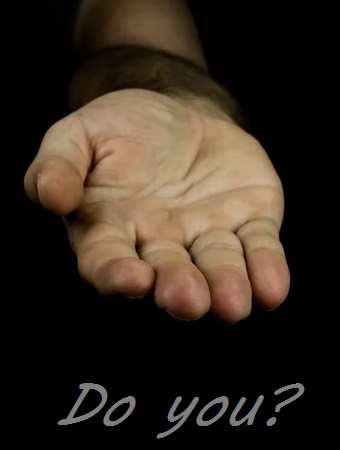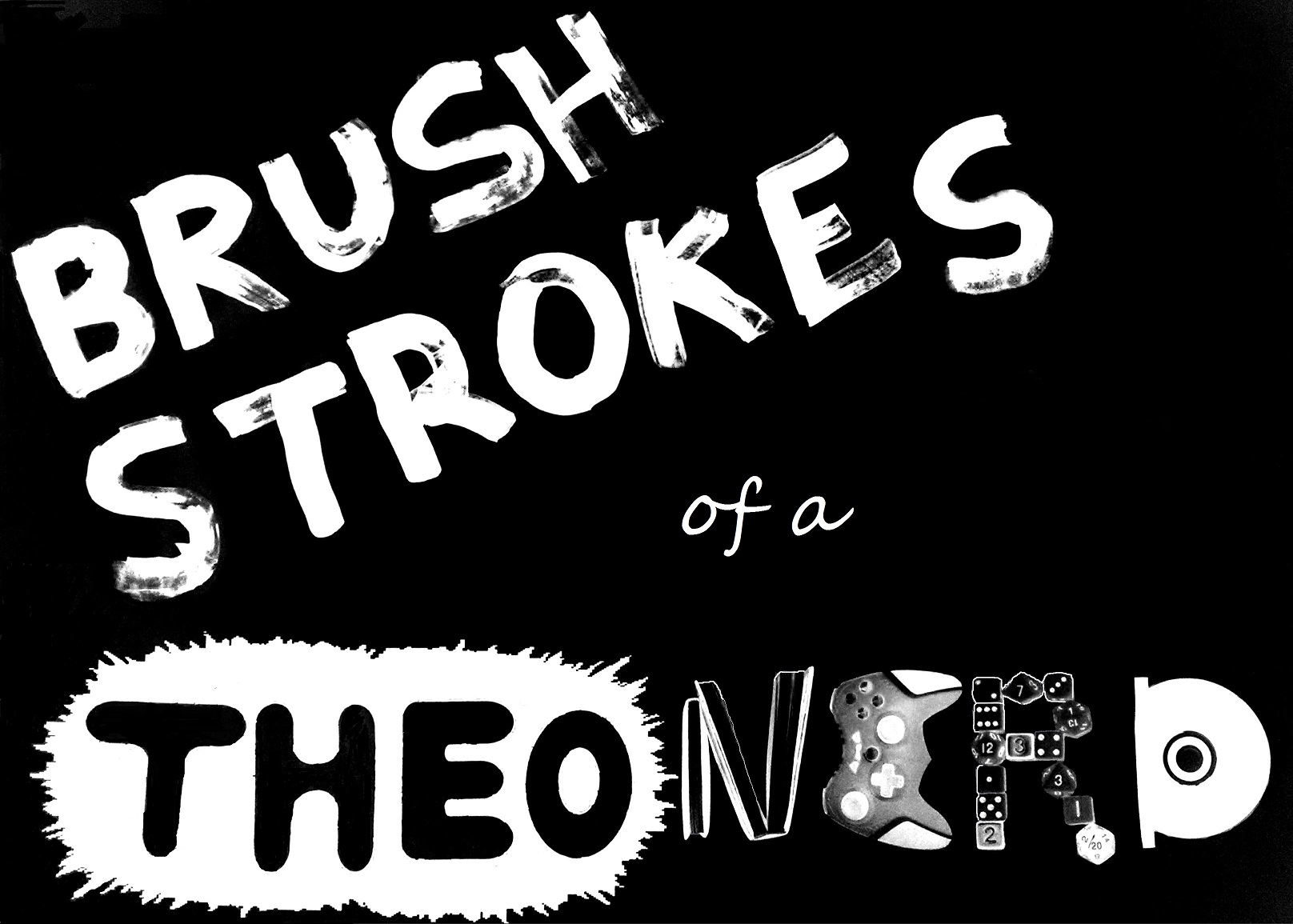Do You Trust Me?
By Anthony Casperson
5-25-24
In the classic animated film, Aladdin, an early scene shows us the introduction of Jasmine to our titular character. The princess had just been caught stealing and Aladdin helps her escape. At a seeming dead end, guards find the pair and try to seize them.
Here, a moment of hesitation from Jasmine leads Aladdin to ask her, “Do you trust me?” In the moment, the princess has two choices. Trust this virtual stranger and head into an unknown—and possibly dangerous—situation, or distrust and head back to her old life.
She trusts him—because otherwise there’d be no story—and discovers a new sense of freedom, which is illustrated in the amazing view of the city that can only be seen from his hideout. Sure, there’s the whole burgeoning romance too, but why would we want to talk about that?
Why does she trust Aladdin? For all she knew, this seemingly nice guy who kept her from getting her hand chopped off could’ve had less-than-benevolent motives. He could’ve wanted to use the heroic deed in order to demand something more than she was willing to give.
But because she trusted him—and he did have good intentions—Jasmine was rewarded with something more than she could’ve imagined.
This moment is echoed later in the film when Aladdin—in the guise of Prince Ali—flies up to Jasmine’s window on Carpet. He offers to give the princess a magical carpet ride. She has a moment of hesitation. And he again holds out a hand, asking, “Do you trust me?”
While it is this event that begins her questioning if this prince was that street rat she’d met earlier, Jasmine doesn’t know if that’s true. (She also couldn’t be sure if Carpet would drop her for some reason, like if he just didn’t like giving rides to girls, or if he could only lift one person off the ground at the time.) But the situation is similar. She has two choices. Trust this man and head into an unknown—and possibly dangerous—situation, or distrust and head back to her old life.
Again, she trusts him. And finds herself in a whole new world. All thanks to the fact that she took that non-empirical step into faith that was directed at a person.
These scenes came to my mind this week while watching a YouTube video from a channel that reads from C. S. Lewis’s writings while also drawing out the concepts. For this video, they read from an essay entitled, On Obstinacy in Belief, that was published in a book called, They Asked for a Paper.
In the essay, Lewis speaks of what makes the difference between the belief that a follower of Jesus has in God and the empirical evidence demanded by your average scientist. What is it that makes us followers of Jesus believe, or believe all the more, in the face of scientific statements that claim God’s nonexistence?
(And I would add, what makes us followers of Jesus continue our faith—and even grow it stronger—when faced with pains and troubles in this life?)
While there’s a lot of discussion that can be difficult to wrap our heads around in Lewis’s work, the basic premise is that the type of faith demanded from we followers of Jesus is different than the trust of facts and figures.
Because it’s faith in a person, not in an empirical statement.
The point Lewis made came into clarity for me when he described how the same scientist who requires data and facts before he will ever admit that he has come to knowing something in his lab doesn’t require this same thing in the faith he has in his wife’s fidelity. He doesn’t have a private detective following his wife around with a camera every hour of the day she’s away from him. Or keep her chained away from ever coming into contact with other people.
No, the same scientist who demands empirical facts for his job also has non-empirically backed faith in a person. And that’s even with the scientist’s constant demand for evidence before saying he’ll believe.
That’s not to say that his wife isn’t cheating on him. This relational faith can be misplaced, but it isn’t a fault in the faith. Rather, the fault is in the person who was trusted. Much like how a farmer who has raised chickens from their birth will one day call out to them only to wring their necks to provide food for another.
Regardless of the trustworthiness of the one being trusted, faith in a person is different from trust in evidence and the scientific method. Because each interaction with the person is a new moment of trust. Sure, it’s often backed by previous experiences of trustworthiness, whether experienced ourselves or by the word of another. But there will always be some form of a leap in faith when it comes to this type of relational faith.
We have two options: trust or don’t trust. Deepen the relationship, with possible danger should faith be misplaced. Or refuse the relationship and possibly endanger missing out on a whole new world.
It’s the type of faith that can say, “Even though everything I’ve ever learned has told me otherwise, I trust you in this situation.”
Like how a child with a splinter in their finger is told by their parent that the tweezers will hurt a little, but they will eventually remove the painful item. Everything experienced by the child in the moment is suffering. And the tweezers do increase the pain. Empirical evidence is telling the child to stop the whole experience because it’s only making things worse.
But because of their trust in their parent, the child doesn’t run away. And healing can begin.
It’s the type of faith showcased in Mark 9:14-29. Here, a man has a demon-possessed child and brings him to Jesus so that he might remove the spirit from the boy. The boy had the issue from early on in his life. And it seemed that the father had tried everything he could do, but nothing worked. Even Jesus’ disciples were unable to remove the demon. Everything that could be witnessed empirically said that the boy’s ailment would never go away.
And yet something left the boy’s father to see if Jesus could do it, saying to him, “If you can do anything, have compassion on us and help us.”
To this, Jesus responds, “If I can? All things are possible for the one who believes.” Basically, Jesus holds out a hand and asks, “Do you trust me?”
And the father cries out, “I believe, help my unbelief.”
That seems odd to us. How could someone believe while simultaneously disbelieve? Well, it comes to the type of faith for each. The disbelief comes from all empirical evidence saying that nothing has worked so far. Everything that could be seen up to this moment has proven no one is able to help in the situation. So, of course, there’s disbelief.
But the belief of the father isn’t placed in visible data. He has faith in a person. Jesus. And because of that relational trust, he can make the leap of faith past the facts and figures that are telling him otherwise.
Because he chose the option to trust Jesus—and in refusal, miss out on the whole new world—the father found his faith was well-placed. The boy was healed.
This relational faith is the type of belief required for all who become followers of Jesus. And for all who continue to live as his followers. Whether you have yet to come to this initial saving faith in Jesus, or are experiencing the trials and troubles of this world, he’s standing there holding out his hand, asking, “Do you trust me?”
So the choice remains. Trust him and head into an unknown—and possibly dangerous—situation. Or distrust and head back to your old life.
For what it’s worth—if you trust me—faith in Jesus is never misplaced. And a whole new world awaits those who take his hand.
Do you trust him?



